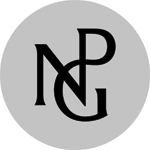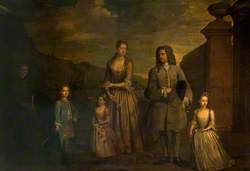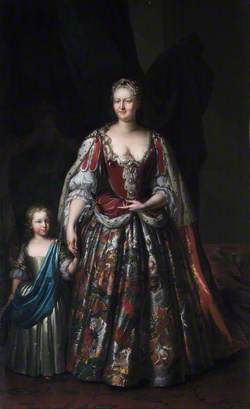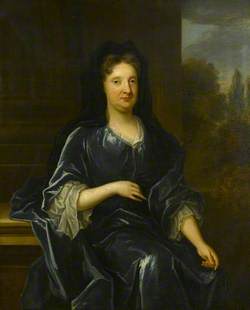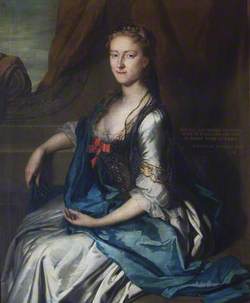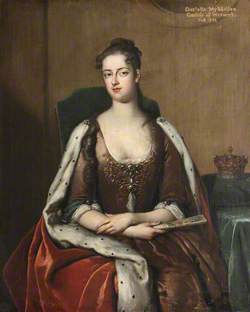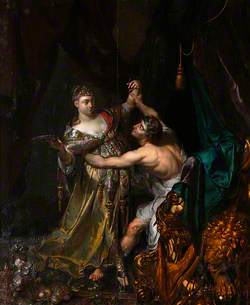How you can use this image
This image can be used for non-commercial research or private study purposes, and other UK exceptions to copyright permitted to users based in the United Kingdom under the Copyright, Designs and Patents Act 1988, as amended and revised. Any other type of use will need to be cleared with the rights holder(s).
Review the copyright credit lines that are located underneath the image, as these indicate who manages the copyright (©) within the artwork, and the photographic rights within the image.
The collection that owns the artwork may have more information on their own website about permitted uses and image licensing options.
Review our guidance pages which explain how you can reuse images, how to credit an image and how to find images in the public domain or with a Creative Commons licence available.
Notes
Add or edit a note on this artwork that only you can see. You can find notes again by going to the ‘Notes’ section of your account.
James Brydges, 1st Duke of Chandos, was the eldest child of Sir James Brydges, 8th Lord Chandos. On his father's death in 1714 he was created Viscount Wilton and Earl of Carnarvon. He became Duke of Chandos in 1719. Brydges was MP for Hereford from 1698 to 1714. Chandos is chiefly remembered for his connections with Handel and with Alexander Pope. He built a magnificent house at Canons near Edgware in Middlesex; and for more than two years Handel, employed by Chandos, lived there, where he composed his oratorio Esther. This unusual painting of James Brydges, 1st Duke of Chandos is actually part of a larger picture, which we know about from eighteenth-century descriptions. In 1751 the Dutch artist Johan van Gool recalled seeing a life-sized portrait of the Duke and Duchess of Chandos, with the Duchess painting the portrait of her husband.
Title
James Brydges, 1st Duke of Chandos
Date
1725 (?) or before
Medium
oil on canvas
Measurements
H 174.3 x W 123.8 cm
Accession number
530
Acquisition method
Transferred from the British Museum, 1879. On long-term loan to Beningbrough Hall, Yorkshire
Work type
Painting

